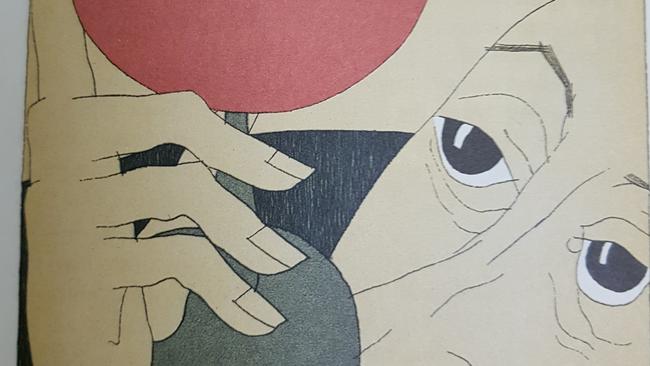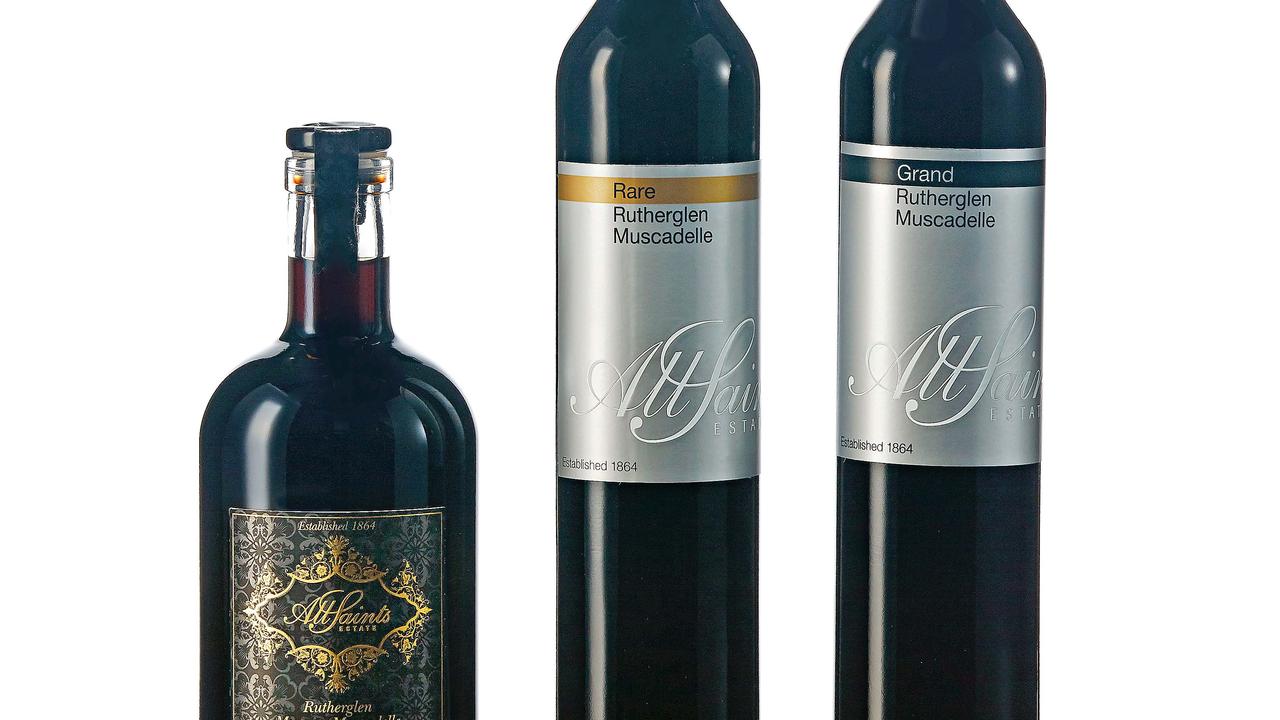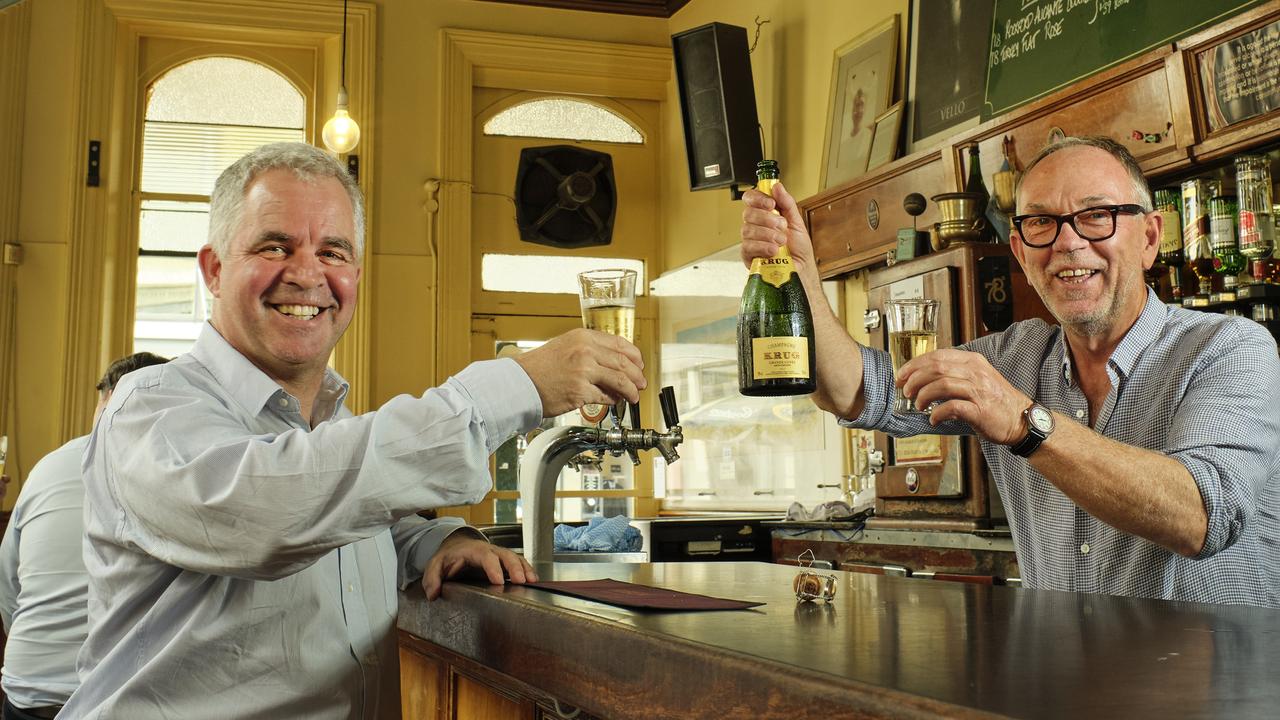Learn the lingo and have dog in wine appreciation circles
Wine Album, a translation of a manual first published in 1927, is a guide on the finer points on wine collection.

According to an old proverb, “When the wine is drawn one must drink it” … A deplorable maxim. A gourmet would have written, “When the wine is drawn one must know how to drink it.”
I’m reading a book called Wine Album, an abridged translation of a manual first published in Paris in 1927 as Monseigneur le Vin. Written by French writer and evident gastronome Louis Forest with illustrations by artist Charles Martin, the book is a guide on the finer points on wine collection. There are sections on buying and storing wine, how to serve and decant, food matching (now I know what to drink the next time I prepare goose liver in aspic or brochettes of kidneys with bacon) and instructions of what to do with dinner guests who mix wines during courses (throw them out and never invite them again). But the most interesting chapter is on appreciating wine, with a list of pertinent vocabulary to use while tasting.
When speaking of bouquet, for instance, of a wine that is lively and fragrant, one may say it is “in the full rising of the sap”, while a wine that is muted and dull could be said to be “passe” and “assuming the properties of age”. Unpleasant-smelling wines may “smack of the soil” or have properties of “Foxtail”, a quaint expression that implies the wine has been made from the last, or the “tailings”, of the fruit and that I plan on using the next opportunity I get.
In modern wine appreciation courses, tasters typically are encouraged not to use vocabulary that denotes gender although many sommeliers I know, including me, sometimes refer to wines as being “masculine” or “feminine”. I probably would stop short of describing the constitution of a structured cabernet as “having a waistcoat” and probably would lose my job if I said a pretty pinot noir had “a bosom”. However, I can wholeheartedly get behind declaring “What a colossus!” when someone asks my view on a rich, tannic shiraz.
There also seems to be a preoccupation with how good the wine’s tailor was. The colour and hue of wine is referred to as its “robe”, and a bottle that sits as dull as ditchwater in a glass once poured can be referred to as “badly dressed”. A frivolous wine that lacks bearing may end “frills and furbelows” and one that has lopsided structure has its “hat on its ear”.
But by far my favourite expression in the book is the one used to relate charm and quiet fascination. These wines, scarce as hen’s teeth, may be said to “have dog”. I am flummoxed by the etymology and even a speaker of French I questioned could give me no insight to its origin.
Then there are those turns of phrase that have endured and that you will still catch your wine waiter uttering in a restaurant or bar. Wines with clarity still “sing”; those with tone and tension have a “nervous” energy; and fine red burgundy that spreads out on the back of the palate in a fan of soft tannins will be forever characterised as having “a peacock’s tail”. If you can manage to find a copy of Wine Album (I would start my search in antique book shops) it will give you marvellous insight into the way in which wine parlance has evolved in almost 100 years.
2015 Yarra Yering Dry Red Wine No 2, Yarra Valley ($100)
To bridge the gap between the old and the young, this is the current release of the classic shiraz blend from one of the Yarra’s earliest planted vineyards. It is an agreeable wine that has the stamp of superiority. A swirl of the brilliant ruby robe in the glass shows that we are in the full rising of the sap. There are aromas of sliced red cherry, cooked rhubarb with subtle tea-tree notes and a hint of animal gaminess. This isn’t a wine whose cap is falling off; the palate is well wrapped, muscular and the tannin ripe for ageing. Put it away for a few years; it certainly has dog.


